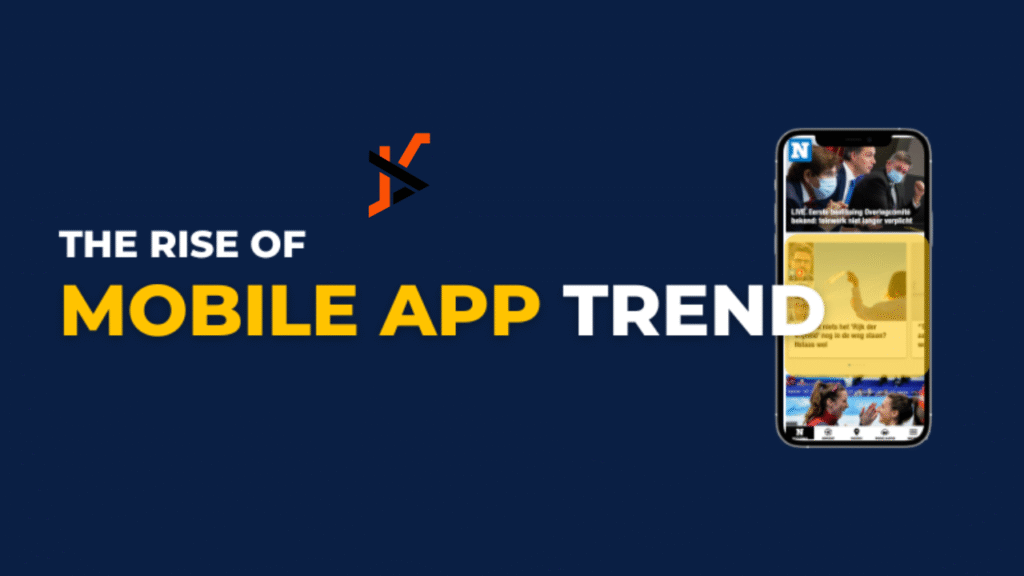In January 2007, Steve Jobs stepped out on stage at the Macworld trade show and made an announcement whose impact is still being grappled with by the wider world. The unveiling of the iPhone not only kick-started a new era of mobile communication; it fundamentally changed the way that we communicate, and spend our downtime.
Arguably, however, the importance of the iPhone itself was secondary to another, later innovation: the App Store. The App Store gave developers the freedom to create new and exciting ways to capture human attention – and its success cannot be underestimated.
The Evolution of Mobile Apps: From Utility to Necessity
To begin with, app developers focused on creating improved, mobile versions of pre-existing software packages. Users were given the ability to chat to one another, to securely deal with their bank accounts, and to browse the internet.
Over the years, mobile applications have become a very lucrative industry. The market for them in the UK generated around $4.4 billion in revenue in 2023, with around 2.3 billion unique downloads in that year.
Monetisation Models: Navigating the App Economy
So, how is it that app developers make their money? There are a number of distinct approaches. The traditional one relies on users paying a fixed fee in order to enjoy the app forever. Other models might bring in a subscription, so that the user pays for the right to use the software for a given amount of time. The latter option can be more lucrative, and provide developers with a more consistent income stream.
There are also ‘freemium’ models, which rely on users enjoying the base features of the app for free, and then paying extra to enjoy additional features. Finally, developers might include advertisements, or collect user data which can be sold to third parties.
Apps come in many forms, and serve many purposes. A mental-health-focused app, like Headspace, might offer a guided meditation and training app that aims to drive down stress, improve sleep quality, and protect your well-being.
User Engagement and Retention: Building Lasting Relationships
For a mobile application to be lucrative, it should aim to capture the attention of its users, and leave them wanting to engage with the app again in the future. This is where things like push notifications and gamification come in. These are methods for maximising the amount of engagement from users. Even the choice of colours – with red being used to notify users of a new message – is informed by deep-rooted psychological principles.
In some cases, a mobile application is a means of interacting with other users. Social gaming apps, like bingo apps, use a combination of interactive features to encourage players to come back for more.
The Future of Mobile Apps: Trends and Innovations
So, what might the future hold for the world of mobile app development? It’s likely that innovations in AI might help push the industry toward a more generative approach to user content. Major platforms like Google are already pushing their respective Large Language Model technologies very aggressively – sometimes in spite of legal objections.
Improvements in processing power, and superior network infrastructure, might all help to facilitate new kinds of mobile app development. We might see apps integrate seamlessly with hardware-accelerated voice recognition, which in turn might see us turn away from our screens altogether!

